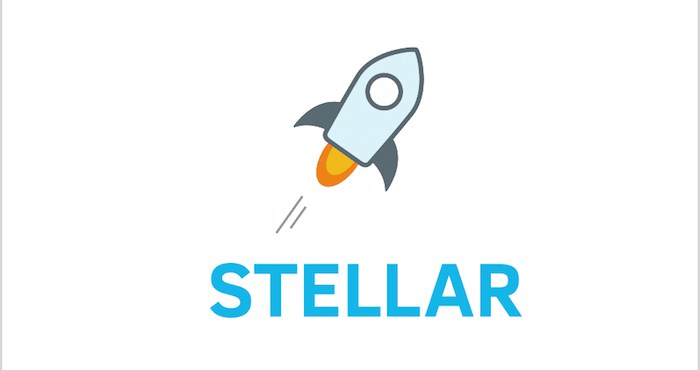It is an established fact that altcoin prices follow the one of bitcoin like puppies follow their owners and even though many bigger crypto projects keep invoking the “decoupling” and announcing their independence, that hasn’t happened yet.
Decoupling in a nutshell is being free from Bitcoin’s influence: It is a well-known fact that most of the altcoins and their prices are highly dependent on bitcoin price movements. Every time bitcoin hibernates and enters a slump, altcoins crash even harder.
But XLM seems to be building a real case for themselves in this regard.
It will take a long time to see decoupling of other coins from Bitcoin. To decouple from bitcoin, altcoin needs to have their own infrastructure and / or price stability that is derived from that robust infrastructure. XLM is especially strong in this aspect as they have built a whole ecosystem around the project – from decentralized exchange, Stellar-based stablecoins, to layer 2 scaling solutions akin to Lightning Network, increased liquidity and fiat exposure through presence on almost all major exchanges to business connections and partnerships with big companies.
But the biggest reason for the decoupling and “official independence” from bitcoin, is that it is a sign of investor recognition — recognition that a particular cryptocurrency has its own real-world value that is entirely unrelated to Bitcoin.
From a technical perspective, the Stellar technology is not dependent at all on the Bitcoin or its price. From this point of view, therefore, it makes no sense why the price of the Stellar token reacts at all to price changes of the bitcoin or other cryptocurrencies. The fact that the XLM token still reacts in reality is mainly due to the following two effects:
- Relative cryptocurrency pair volume: The two currency pairs XLM/BTC and XLM/ETH together represent on average at least half of the total XLM trading volume. The direct currency pair to the USD often times is a minority of the total volume. This inevitably causes the price of the XLM token to fall with falling Bitcoin prices.
- Distorted market perception and speculation: Most of the market sees all altcoins as an extension of the largest cryptocurrency. In addition, many speculators are not only invested in XLM, but also own tokens of other cryptocurrencies, which are often bought and sold at the same time.
Obviously, adding more fiat/XLM pairs would be the main driver of the decoupling and Coinbase listing would be the first major milestone reached in this sense.
XLM is additionally ever more present in the ICO landscape as the preferred platform for new token launches. This could indirectly influence the XLM availability overall as ICO tokens would automatically get listed on StellarX and by generating interest in themselves would also bring more eyeballs to the overall XLM ecosystem.
Stellar’s has a simple, easy-to-use built-in token issuance system that is permissionless and accessible to anyone. Second, Stellar offers built-in token capabilities that can support multi-signature authorizations, generate dividends, limit who can hold tokens, and more. And probably most importantly, Stellar features a decentralized exchange where any Stellar network token can be instantly traded without relying on a third party exchange to list the token. This means newly issued tokens can be traded on Day 1.
When complete decoupling?
Until the market stops trading against BTC, BTC is going to control the crypto market. For decoupling to happen faster another pair should be used. Bitcoin is the reserve currency of crypto and considered by many as the only fundamentally sound crypto investment. “Decoupling” from bitcoin seems impossible for impostor altcoins and very unlikely for legit crypto projects.
Source: bitcoin – Google News







